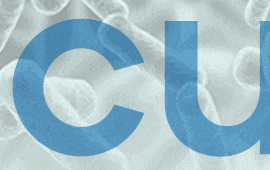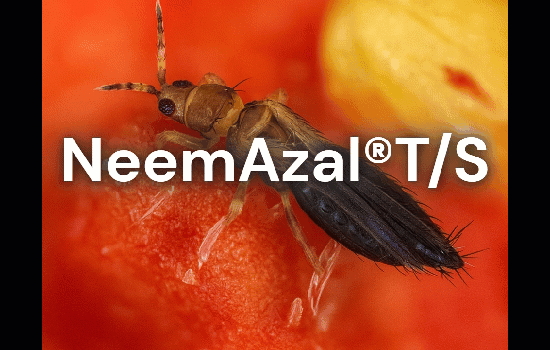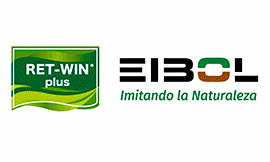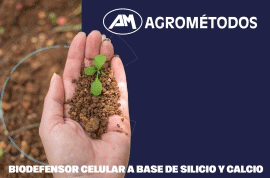Sección: 36as jornadas de productos fitosanitarios
Abstract: The use of sunlight (visible light)-activated processes promoted by the electronic excitation of dyes ("photosensitisers") absorbing selected light intervals in the visible spectral range as a tool to control the population of noxious insects has been proposed during the last decade of the previous century (see T. Ben Amor & G. Jori, Insect Biochem. Mol. Biol. 30: 915-925, 2000). These photoprocesses are defined as "photodynamic", since they require the concerted action of light and oxygen; the latter species is converted to hyper-reactive derivatives, largely the so called singlet oxygen, which generate the irreversible damage of cell/tissue constituents localized in the immediate surroundings of the photosensitiser, leading to heavy biological damage and cell death. The spatial range of the overall process is usually very limited, a few microns around the site of photosensitiser binding and singlet oxygen production, owing to both the short lifetime and high reactivity of the photogenerated intermediates. This feature is a basic element to guarantee a high selectivity of the photodynamic process. For example, if a photosensitiser is ingested by an insect, there is essentially no chance that the light-induced necrotic effects occur outside the insect itself. For more detailed information on this technique, one can consult the book by G. Bock & S. Harnett (eds.) Photosensitising compounds: their chemistry, biology and clinical use, Wiley, Chichester (1989).
Phytohemeroteca 263 - Noviembre 2014
Sunlight-activated insecticides: mechanisms of action and potential applications
- Número de Edición: 263
- Mes / Año: NOVIEMBRE 2014
- Autores: G. JORI














